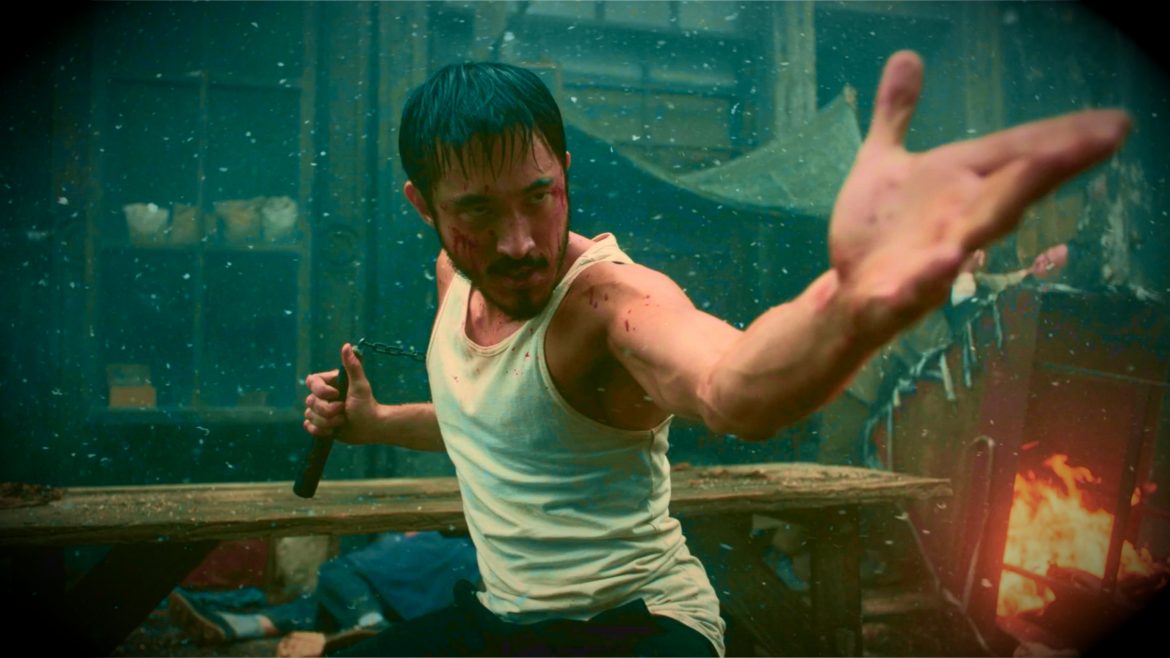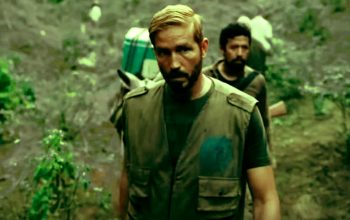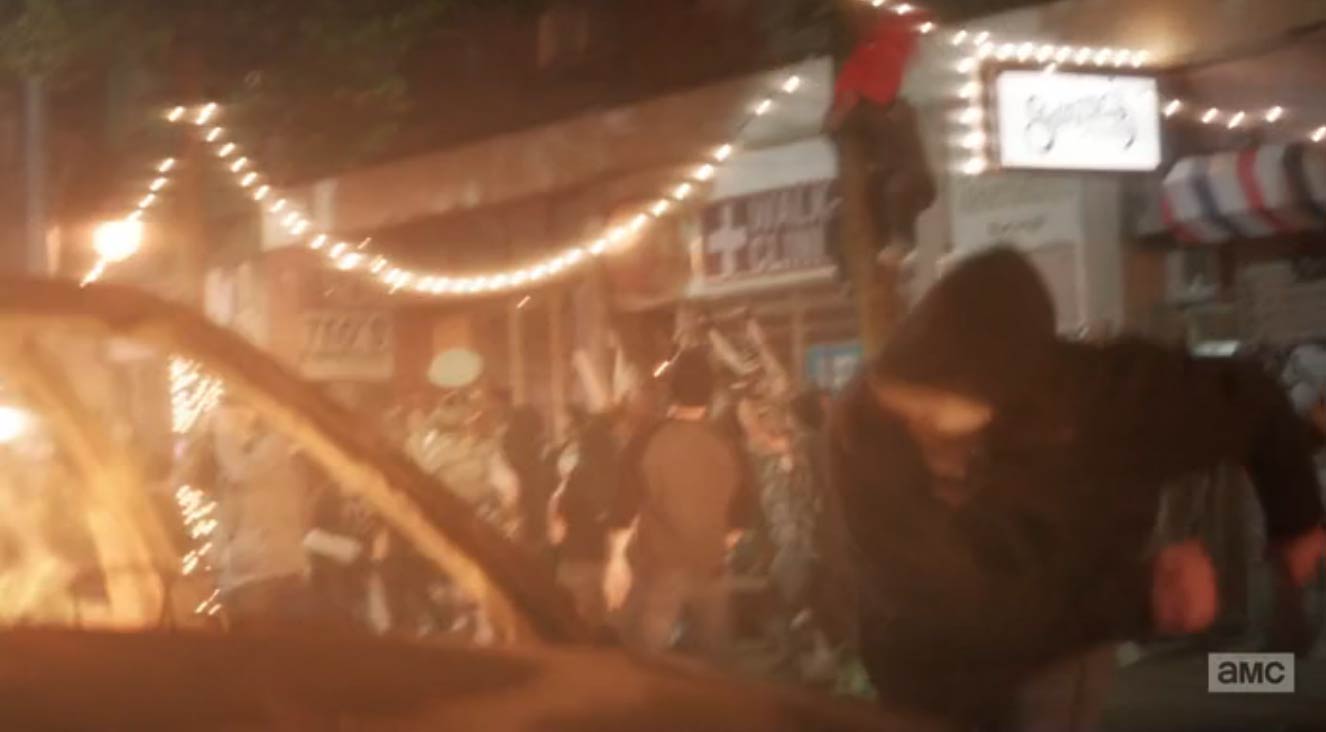Westerns have officially been re-adopted by the public and this period drama thriller depicting Chinese and Irish street gang conflicts set in 1800s San Francisco gives you something most Americans have never seen before.
If you have a hankerin’ for a hunk a period crime drama and miss TV cowboy westerns like Longmire, Deadwood and Justified, Warrior might just satisfy your taste buds. It’s a horse of a different color against today’s backdrop, taking a look at what was happening in the criminal underworld of Chinese American culture during a time when the old west was starting to become the new frontier of American capitalism we see today.
Originally a treatment written by the late and great martial-artist-turned-actor Bruce Lee, Warrior is a gunslingin’ karate-kickin’ action drama helmed by his daughter Shannon Lee and former Banshee showrunner Jonathan Tropper, and filmed in Cape Town, South Africa, with a wide array of Chinese American actors as well as Irish actors playing opposite one another. And it gets weirder. Despite taking place a good 40 or so years before Boardwalk Empire, you might see elements of the beloved HBO show here, such as cultural change and power conflicts between gangs and politicians, accept this is set in San Francisco — and has a lot more Kung Fu fighting.
The main character, Ah Sahm (played by Andrew Koji), is a highly skilled martial artist who travels to San Francisco from China in search of his sister. Ah Sahm quickly becomes involved in the Tong Wars, a violent conflict between rival Chinese American gangs in the late 1800s. Throughout the series, he struggles to balance his loyalty to the Tongs with his own personal beliefs and struggles.
One of the most striking aspects of Warrior is its commitment to accurately depicting 19th-century San Francisco. From the bustling streets to the opium dens, every aspect of the show feels authentic. The costumes and sets are particularly impressive, immersing viewers in the time period’s culture and fashion.
The show delves into themes of racial tensions, power struggles, and the clash of cultures where post-civil war tensions were being met with a need for solid political leadership and peace within the city. The racial and class divisions were being fueled by hordes of Chinese immigrants coming into the San Francisco Bay and overwhelming the job and resource markets. Meanwhile, blue collar Irishmen who worked in the bay’s warehouses and factories were fed up with businesses and politicians allowing jobs to go to the cheapest labor, the Chinese. This sets the stage for an explosion of violence and drama that affected the entire city for years. And did we mention the brothels and opium dens?
This is a setting that we haven’t quite seen on TV yet. To any white, black, or Latin American, this is a subject that is almost completely foreign and risks losing the typical American’s interest. The martial arts and Chinese culture are both the driving force of the show, but also may be the crux of it. However, the Irish mob and the aristocratic white politicians may be easily pulling in the American audience’s attention, and it becomes clear why it is on it’s 3rd season amidst a writer’s strike and after seemingly being put on hold since 2020’s pandemic.
With music and style that sometimes denotes flavors of Tarantino and Scorsese, but woven into a period drama with many characters and motivations, it’s obvious why audiences seem to love it. Ratings are better today than they were when the show was first broadcast, with Season 1 receiving around 79% approval from Rotten Tomatoes and Seasons 2 and 3 at a whopping 100%. HBO says the show is in its top 15 most watched category, and that says a lot when it comes to the modern audience’s preference of on-demand viewership.
The first two seasons were released on Cinemax which was bought out by HBO’s newly branded Max platform where all three seasons are available on demand.






